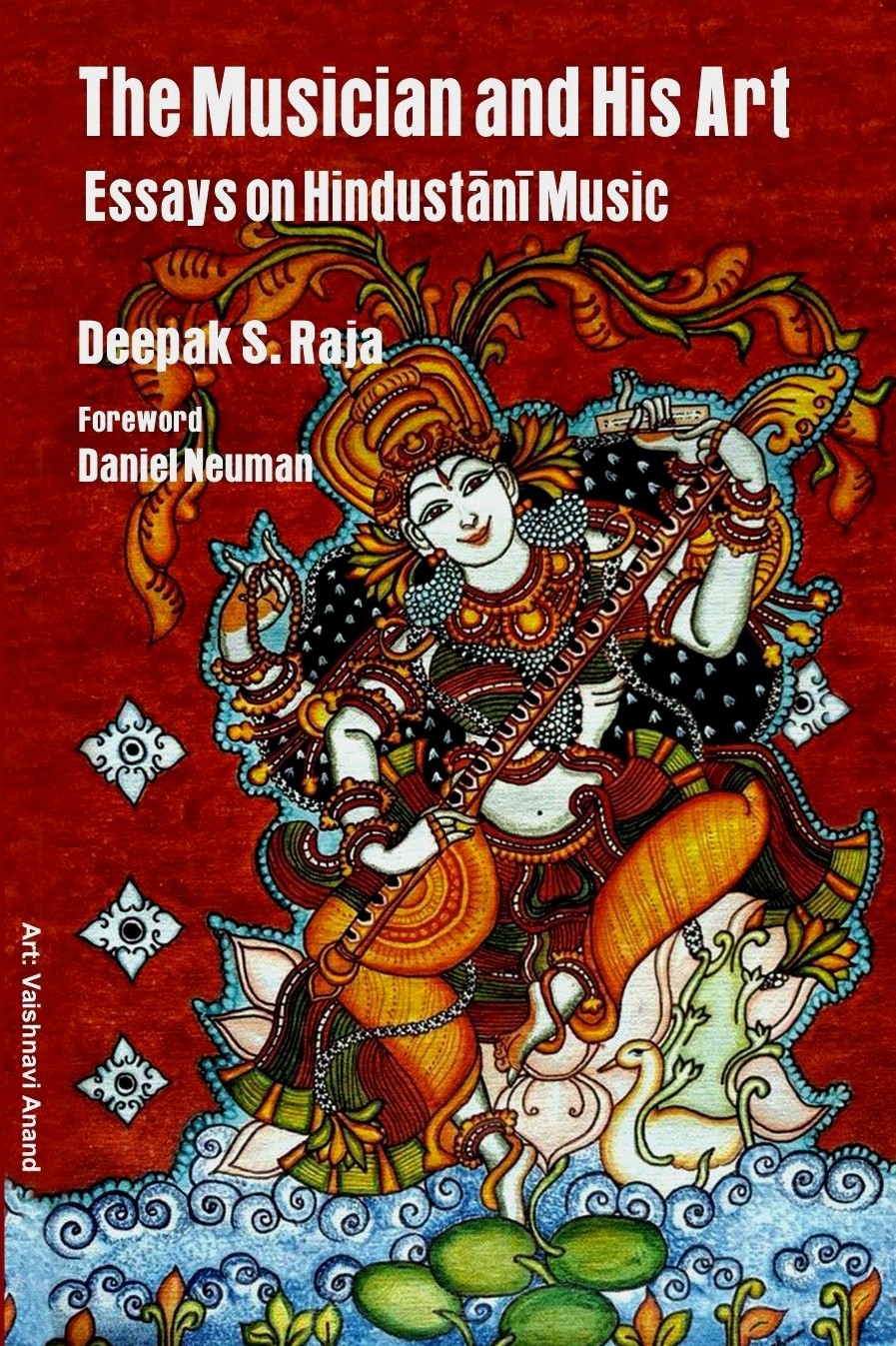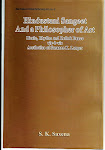 Karlheinz Stockhausen (1928-2007) was a genius who redefined music . He is regarded as the most daringly original (Western music) composer to have emerged in the latter half of the 20th century. He has written an astonishing variety of music, leading the way to the exploration of electronic music, intuitive music, and the synthesis of a wide range of musical cultures. I present below a few excerpts from his book: “Towards a cosmic music”, a selection of conversations and interviews, which reveals the philosophy that underlies his growth as a composer, performer, and musical innovator.
Karlheinz Stockhausen (1928-2007) was a genius who redefined music . He is regarded as the most daringly original (Western music) composer to have emerged in the latter half of the 20th century. He has written an astonishing variety of music, leading the way to the exploration of electronic music, intuitive music, and the synthesis of a wide range of musical cultures. I present below a few excerpts from his book: “Towards a cosmic music”, a selection of conversations and interviews, which reveals the philosophy that underlies his growth as a composer, performer, and musical innovator.“I have found that what I am trying to do in my music, has been better expressed than I could express it myself, in the books by the Indian Maharishi Aurobindo. His work will shape the whole new Age of Aquarius.”
“Pop musicians try to respond to the desire for kicks that every generation wants to have in its own way. And, then, naturally they are not aware of what all these new sound combinations and
 discoveries are for; so they fall back on very banal militaristic music. Yes, militaristic – because it is based on this periodic beat, which makes people march without knowing. And, so they become uniform. I am very sensitive to this because that was exactly the way the Nazis tuned in the population with marching music on the radio…”
discoveries are for; so they fall back on very banal militaristic music. Yes, militaristic – because it is based on this periodic beat, which makes people march without knowing. And, so they become uniform. I am very sensitive to this because that was exactly the way the Nazis tuned in the population with marching music on the radio…”“When a musician walks on stage, he should give that fabulous impression of a person who is doing a sacred service. In India, in Bali, when a group of musicians are performing, you don’t feel they do it to entertain you. They do it as holy service. They feel a need to make sounds, and these sounds are waves on which you ride to the eternal.”
“If they (musicians) bring an atmosphere of peaceful spiritual work to a society that is under so much strain from being controlled by technical and commercial forces – that is their social function. They would bring this sacred atmosphere that people can no longer find in their daily work. That is their function, rather than being entertainers, and killing time for people who want to escape from their problems. Musicians should bring them to the essential, and more than anyone else, musicians can do that, because they are the only artistes who can create in front of other people. Poets don’t do it. Painters don’t do it. They work at home.”
Reproduced from: Stockhausen, Karlheinz. “Towards a cosmic music”, Element Books Ltd., Shaftsbury, Dorset, UK, 1989.






